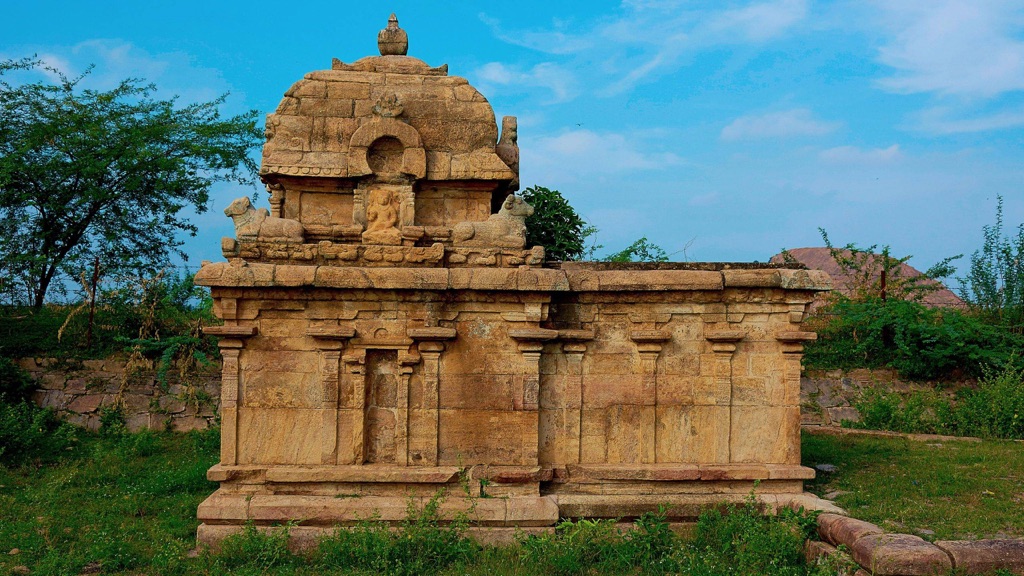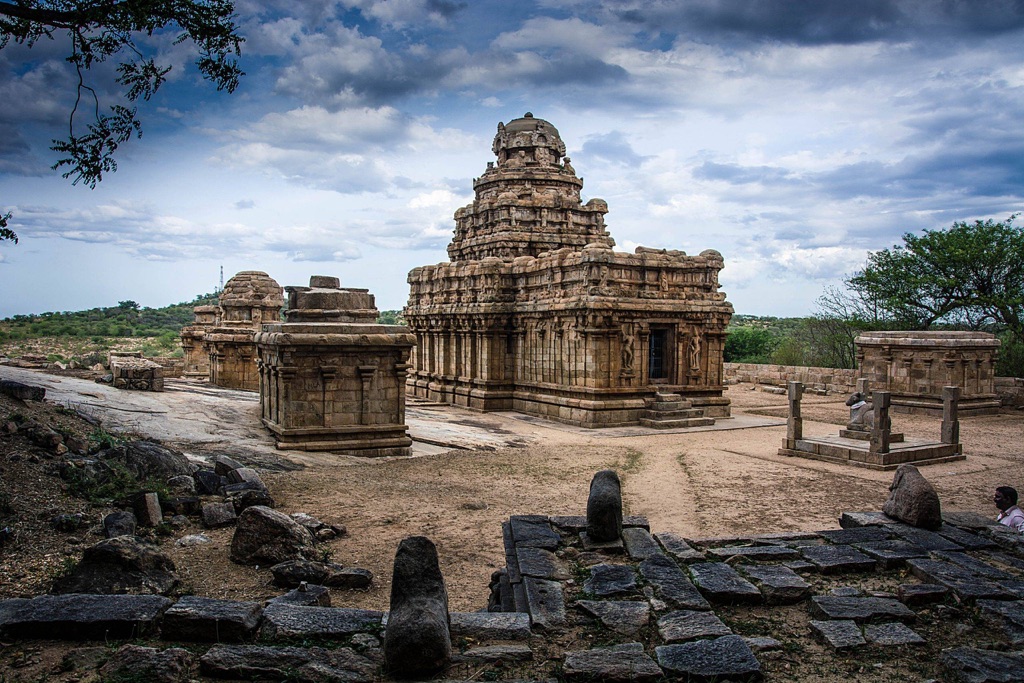Located in the southern Indian state of Tamil Nadu, Narthamalai is a captivating historical site that boasts of a rich and diverse past. This cluster of nine hills is home to some of the oldest rock-cut temples in India, as well as a number of other intriguing archaeological treasures. The site’s unique blend of natural beauty and historical significance makes it a must-visit for any history enthusiast.
Get your dose of History via Email
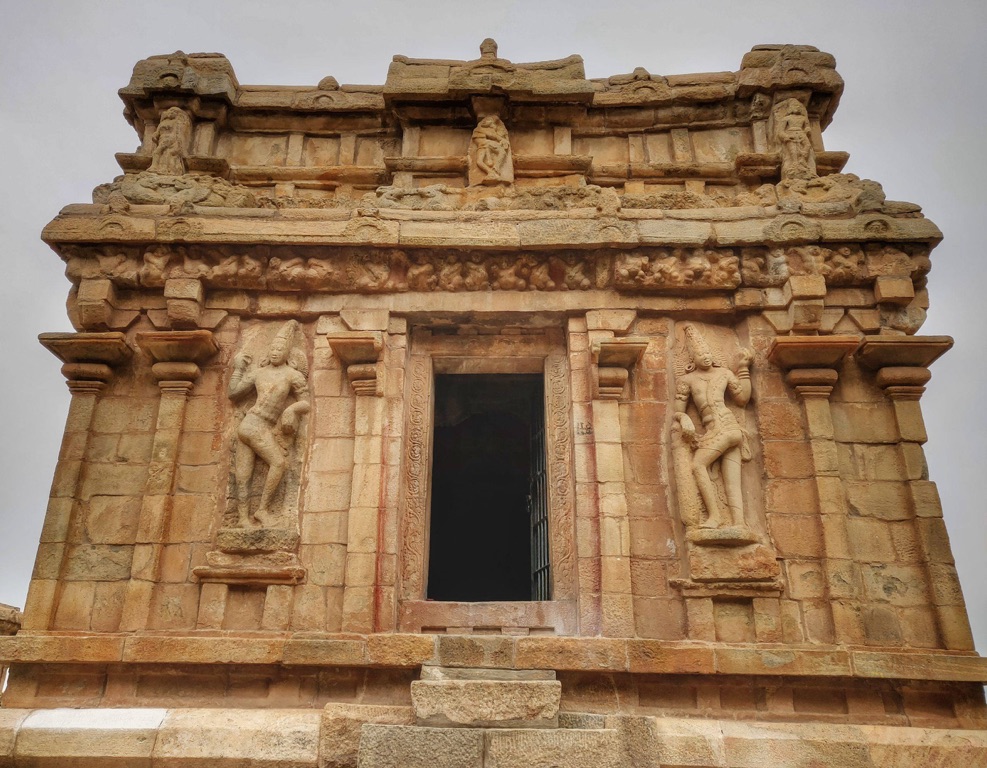
Historical background
Narthamalai’s history dates back to the 7th century, during the reign of the Pallava dynasty. The Pallavas were known for their patronage of art and architecture, and Narthamalai is a testament to their architectural prowess. The site was later under the control of the Cholas, another South Indian dynasty known for their architectural contributions. The temples and structures at Narthamalai are a blend of these two dynastic styles, offering a unique glimpse into the architectural evolution of South India.
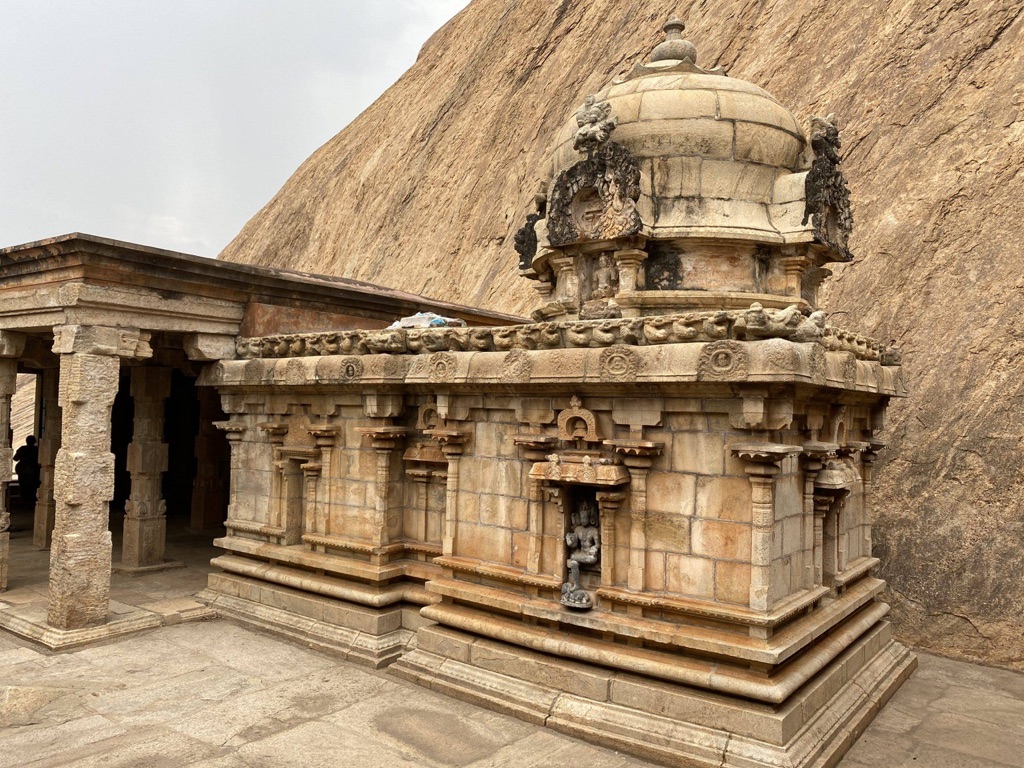
Architectural HighlightsThe most prominent feature of Narthamalai is the Vijayalaya Choleeswaram temple. This temple, dedicated to Lord Shiva, is a prime example of early Dravidian architecture. It is built from granite, a material that was locally available and widely used in South Indian temple architecture. The temple’s pyramidal vimana (tower) stands at a height of 50 feet, making it one of the tallest structures of its kind from that period.
Another noteworthy structure is the Aluruttimalai Jain Caves. These rock-cut caves, dating back to the 4th century, are among the oldest Jain temples in Tamil Nadu. The caves are adorned with intricate carvings and inscriptions, providing valuable insights into the religious practices and social structures of the time.
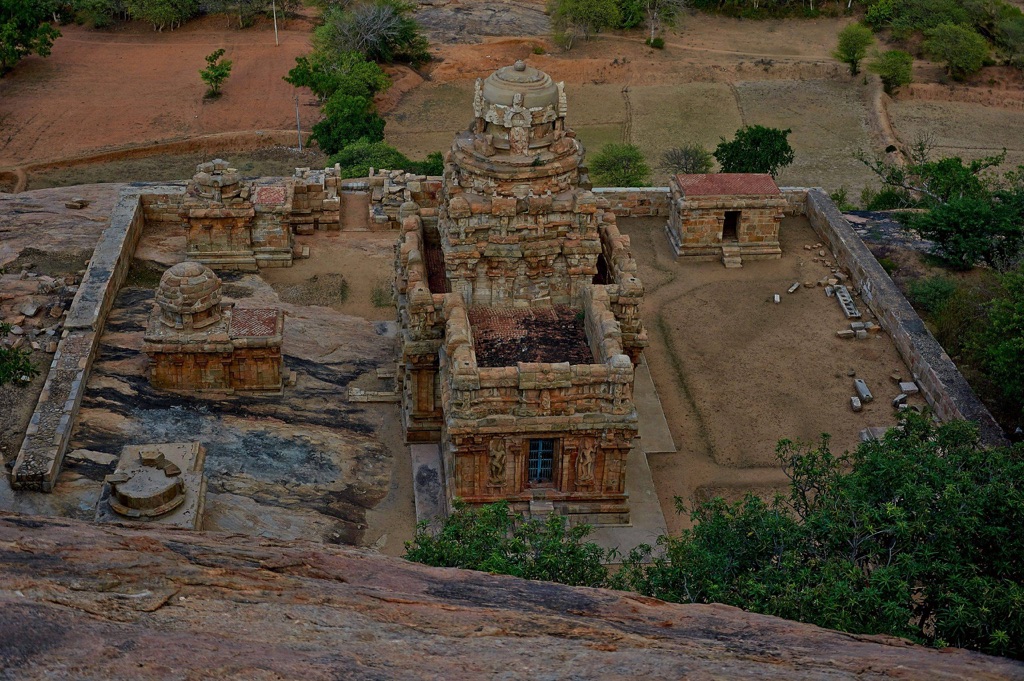
Theories and Interpretations
One of the most intriguing aspects of Narthamalai is the presence of numerous inscriptions in ancient Tamil and Sanskrit. These inscriptions have been invaluable in understanding the history and culture of the region. For instance, an inscription in the Vijayalaya Choleeswaram temple provides evidence of land grants made by the Chola king to the temple.
The astronomical alignment of the structures at Narthamalai has also been a subject of interest. Some researchers believe that the placement of the temples and caves may have been influenced by the position of the sun and stars, although this theory is still under investigation.
The dating of the structures at Narthamalai has been done primarily through stylistic analysis and the study of inscriptions. The use of radiocarbon dating has been limited due to the lack of organic material at the site.

Good to Know/Additional Information
Despite its historical significance, Narthamalai remains relatively off the beaten path for most tourists. This makes it an ideal destination for those seeking to explore India’s rich history away from the crowds. The site is easily accessible by road from the nearby city of Pudukkottai.
Visitors to Narthamalai can also explore the nearby villages, which are known for their traditional crafts and cuisine. The local community has been instrumental in preserving the site and its history, and their stories add another layer of richness to the Narthamalai experience.
